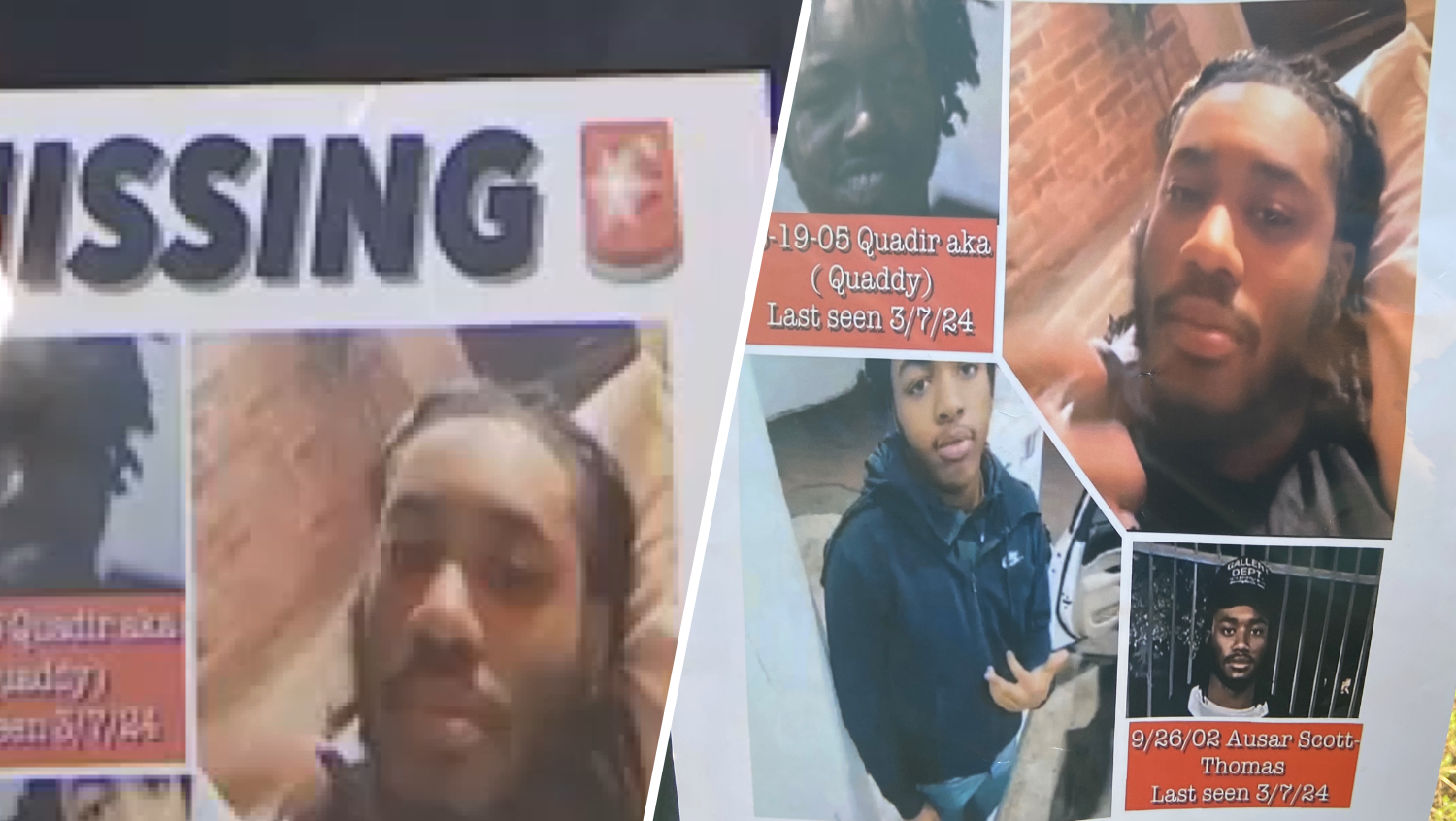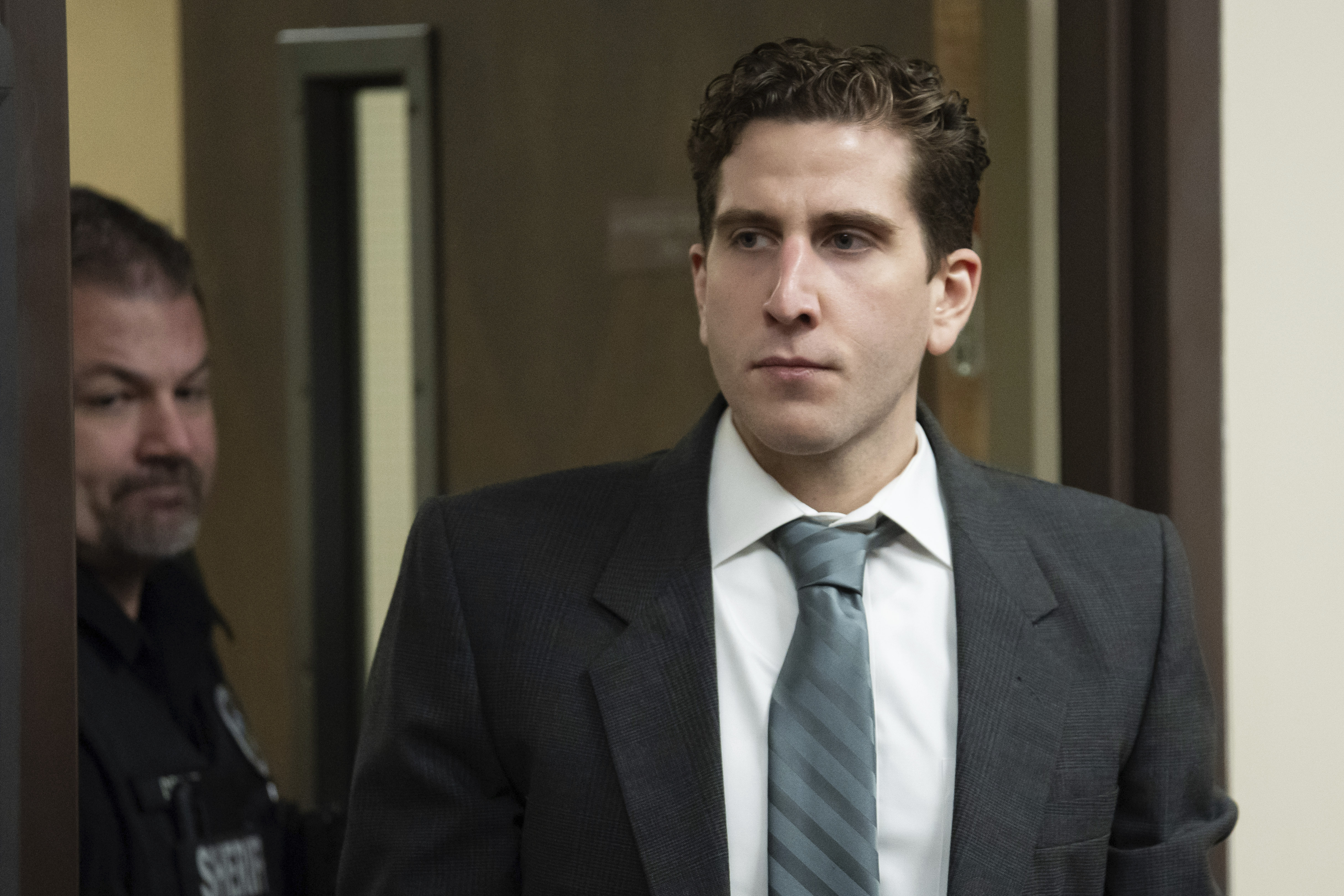When six people died last month in a Center City building collapse, it took only a few days for Philadelphia Mayor Michael Nutter to announce sweeping reforms to prevent another tragedy.
Such responses are common. A 2012 warehouse fire, which killed firefighters Lt. Robert Neary and Daniel Sweeney, also had City Hall vowing "never again."
Long before the blaze, neighbors in the city's Kensington neighborhood had complained that the building was dangerous, unsealed and tax delinquent. Afterward, even the most cynical residents believed that the death of two firefighters would compel the city government to crack down on Philadelphia's many neglectful, absentee property owners — finally.
But has anything really changed since that catastrophic fire?
Yes, said Licenses and Inspections department spokeswoman Rebecca Swanson. She said the city has since inspected all vacant commercial and industrial buildings in Philadelphia.
The view from West Philly
But to Sheila Thompson of West Philadelphia, that hasn't made much of a difference on the ground. She lives near a vacant, dilapidated building at 267 S. 52nd St., which is completely falling in on itself.
Local
Breaking news and the stories that matter to your neighborhood.
The two-story property still boasts signs from its days as a barbecue joint, but that time is long gone. Through the open front window, a messy pile of wooden beams looks like a Jenga game gone bad.
Thompson said she has notified Philadelphia's 311 line for non-emergency complaints about the empty shell.
"I said, 'It's vacant. It's buckling. It's going to fall eventually,'" said Thompson. "When it rained the last time, part of it did come down and then the roof collapsed even more."
But 311 wasn't helpful, Thompson said. Instead of reassuring her that someone would look at the property immediately, she said a 311 representative demanded information that she didn't know, like the name of the property owner.
Leonard Divers, whose family lives in the neighborhood, said people have been complaining about the rundown old restaurant for a long time. As he jabbed a finger at the rundown structure, he mentioned the Market Street building that collapsed in June during a demolition.
"Six people died down there," he said. "When this falls and somebody dies from here, what they going to say?"
To residents like Divers and Thompson, it is unconscionable that the city hasn't done more to protect them from this building. The property's owner, Roy Sanders, has owed $70,742 in back taxes since 1985, according to city records. 1985. The property has also racked up numerous code violations.
WHYY/NewsWorks' attempts to track down Sanders were unsuccessful.
Sheriff's sales stall
Philadelphia Revenue Commissioner Clarena Tolson said the city placed the building for sale at a sheriff's auction three times in 2008. But no one went for the opening price, she said, which was $20,000 at the last sale.
Some lawmakers and community activists argue that the city should rethink sheriff's sales and how they are priced, so that buildings like this one don't stay in the hands of careless owners. City Council President Darrell Clarke is pushing legislation to give discounts to buyers that develop properties in certain blighted neighborhoods.
"Why are we giving that money back? Well, the reality is, if you get a property that's now on the tax rolls ... long-term, that's much better," said Clarke.
It's not just lawmakers and West Philadelphia residents who are frustrated by the city's empty buildings. And no wonder: A whopping one of every 15 properties in Philadelphia is vacant.
South Kensington resident Zach Prazak lives near an empty, graffiti-tagged, eight- and 10-story building at the corner of Master and Fifth streets. He is worried another tragedy could happen there.
He's seen bricks falling from the building, he said, and people breaking into it. His complaints sound a lot like those made by neighbors of the Kensington warehouse before it burned down.
"Somebody could get hurt, really easy," Prazak said. "It's a disaster waiting to happen."
The building's owner, Liberty Property Associates, owes more than $136,000 dollars in back taxes, according to city records. Company official Michael Cohen hung up on a WHYY/NewsWorks reporter who called seeking comment.
Revenue commissioner Tolson said that Liberty Property Associates had been in a plan to pay those back taxes, but stopped paying last year. The building is now back in the foreclosure process, she said.
Good ideas, hard to execute
In response to the Kensington fire, City Council passed a bill last year that requires large, vacant buildings like the Fifth Street property to be sealed with sturdy materials. It also orders the owners of big, empty commercial and industrial properties to obtain an insurance bond that can be tapped if the city needs to make future repairs.
The bill's sponsor, Councilwoman Maria Quinones-Sanchez, said the city is not forcing the owners to secure those bonds.
"The sense that we always get from the administration is they just don't want to do it," she said.
L&I blamed insurance companies for refusing to issue bonds to the owners.
"Unfortunately, not all owners of large vacant properties can obtain a bond because bond companies do not see the issuance of these bonds to be a workable business model," said Maura Kennedy, L&I's executive director of development services.
Still, L&I spokeswoman Swanson said that in the year since the warehouse fire, the department has cited 111 properties that had some sort of opening. It has also sealed 27 that were open to trespassers.
In addition to L&I's action, City Council passed legislation aimed at cracking down on tax delinquency, and the District Attorney convened a grand jury to look into the blaze.
But residents said that isn't enough. More than a year after the Kensington fire, they see modest results and many lingering challenges.
What's the solution, then?
Economist Kevin Gillen, a senior research consultant at the University of Pennsylvania, said Philadelphia could have prevented many of the properties from festering if it had cracked down on tax-delinquent property owners in the past.
Going forward, he said, the city needs to do a better job collecting property taxes. Otherwise, there will be more consequences, said Gillen.
"You end up with neighborhood disinvestment," he said. "You end up with abandoned properties. You end up with increased crime or fires at those abandoned properties."
Gillen said that Mayor Nutter and City Council have gotten the ball rolling on this problem. Nutter, for instance, has named the city's first revenue collection czar.
High stakes for city
But for those who are confronted with a gigantic, potentially dangerous building everyday, like Prazak, the pokey pace of change can be frustrating.
Prazak is an emblem of why it's important to the city's future to fix these problems. He is proud to be one of the young people who, in moving here recently, contributed to the city's population boost for the first time in half a century.
"I was one of those people," he said. "I felt kind of cool about that."
But if city government doesn't become more effective, he said, he might eventually get frustrated and leave.
"Bye, bye another taxpayer, you know?"
With the recent Center City building collapse, a new round of reforms focused has begun. They are aimed at demolition practices, since the property that crumbled was being torn down at the time.
If history is any guide, the changes won't be a smooth ride for City Hall.
This story was reported through a news coverage partnership between NBC10.com and NewsWorks.org



